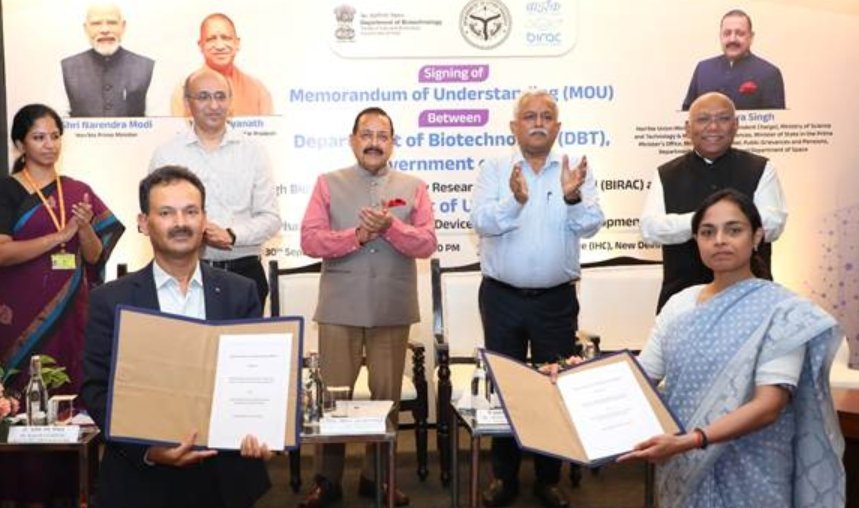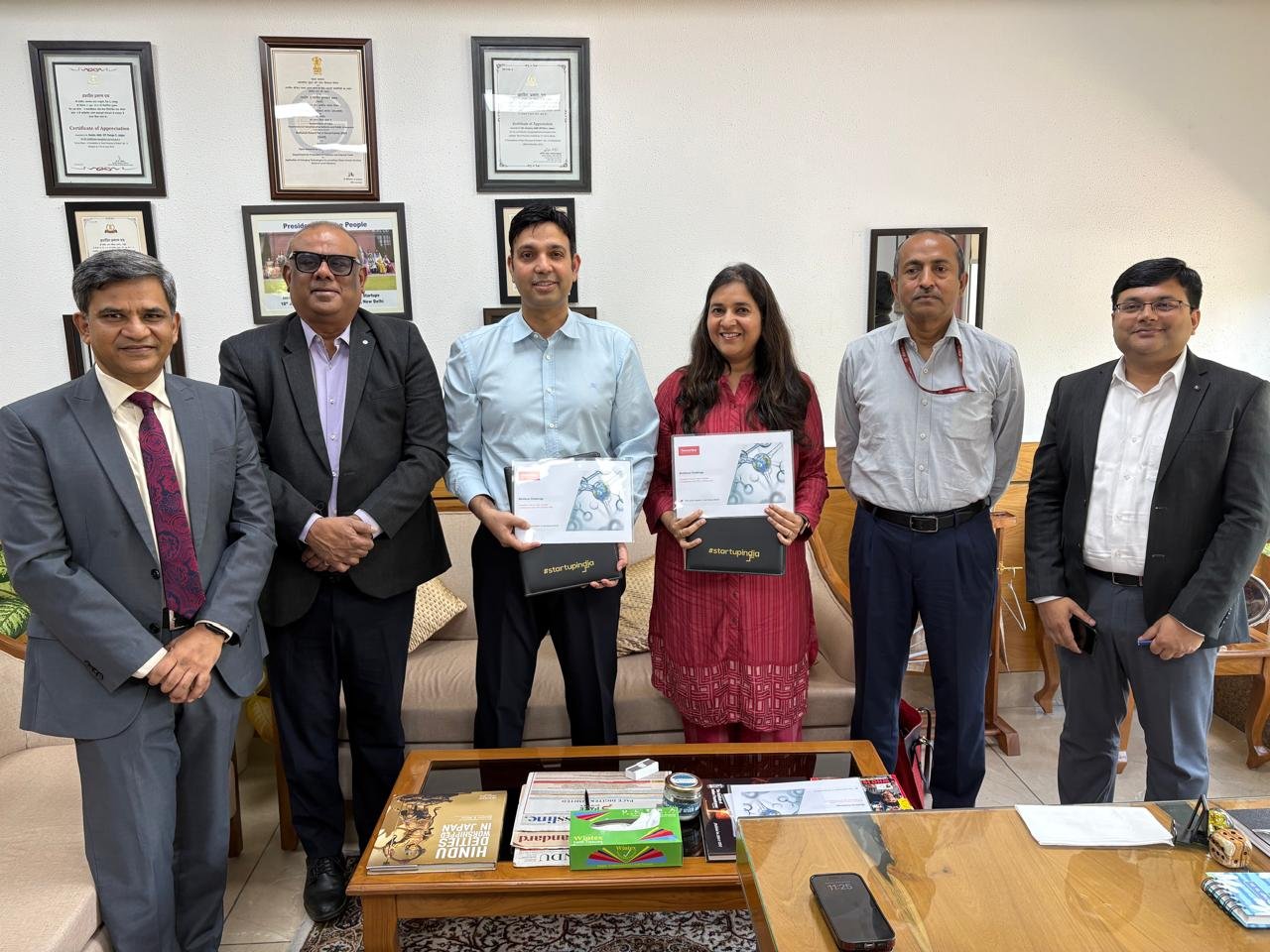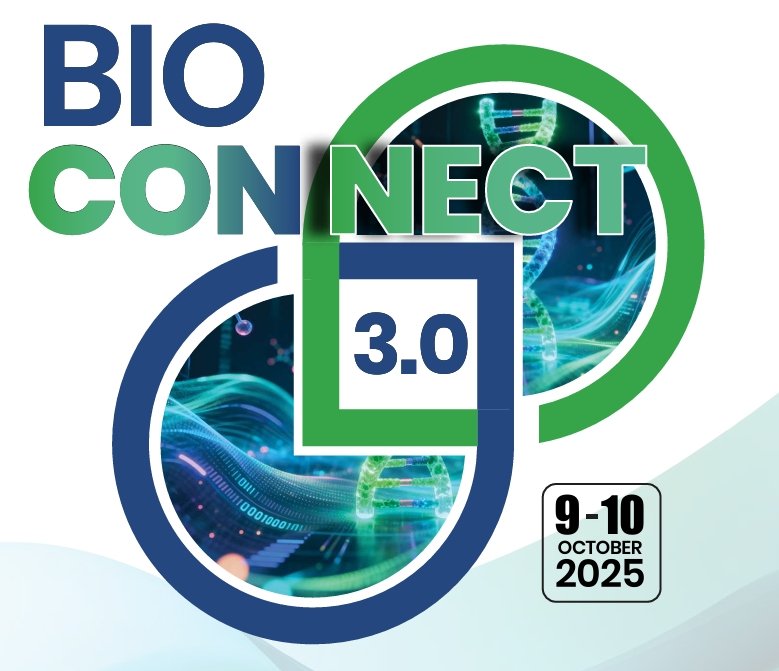Excelra inks agreement with Lawrence Livermore National Laboratory
May 20, 2020 | Wednesday | News
To Help Develop Drug Design Platform
Image credit- shutterstock.com
Under a three-year agreement, Hyderabad based Excelra – a leading global data and analytics company – will provide US based Lawrence Livermore National Laboratory (LLNL) with GOSTAR, a small molecule medical chemistry intelligence database to aid drug design projects. The platform will support the aims of the Accelerating Therapeutics for Opportunities in Medicine (ATOM) consortium, which seeks to reduce the drug discovery process from six years down to one year.
Excelra will give LLNL (a member of the ATOM consortium) full access to GOSTAR – a vast repository of approximately 8 million small molecule discovery compounds and ~40,000 preclinical/clinical candidates and approved drugs. In addition to periodic data updates, Excelra will also provide custom curation support and data preparation for AI/ML modelling on a need basis.
GOSTAR is the world's largest small molecule medicinal chemistry intelligence platform that provides a comprehensive overview of millions of compounds, linking chemical structure to biological, pharmacological and therapeutic activities. It aids in early and optimization stages of drug discovery.
The Accelerating Therapeutics for Opportunities in Medicine (ATOM) consortium is a public-private partnership with the mission of transforming drug discovery by accelerating the development of more effective therapies for patients.
Jonathan Allen, LLNL Bioinformatics Scientist and ATOM R&D Team Lead said: "Experimental data curated to support computational modeling work is a critical element of ATOM's pre-clinical discovery pipeline. We look forward to working with GOSTAR and leveraging Excelra's expertise to improve data-driven, small molecule property prediction."
Raveendra Dayam, Director Chemistry Services, Excelra said: "GOSTAR allows discovery researchers navigate through known and quantified interactions of small molecules with drug targets representing the vast biological space. We are glad to partner with LLNL to support their drug design platform aimed at shortening drug discovery timelines."










